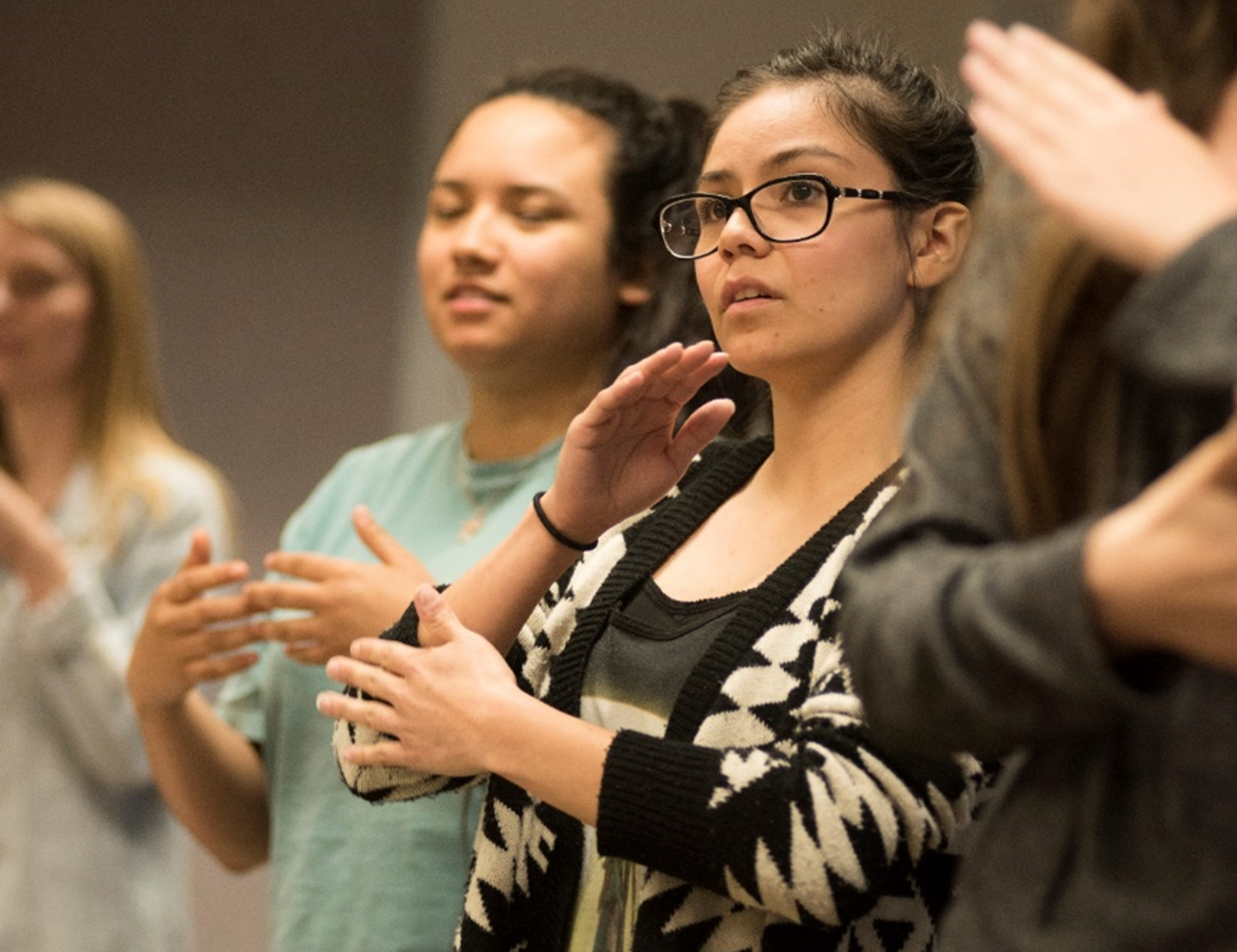Learning, Motivation, GRIT and Mindset

Chapter Outline
5.3. Behavioral Theory of Motivation
5.4. Humanistic Theory of Motivation
5.5. Cognitive Theories of Motivation
5.6. Social Theory of Motivation
Student Survey
How do you feel about motivation and mindset? These questions will help you determine how the chapter concepts relate to you right now. As we are introduced to new concepts and practices, it can be informative to reflect on how your understanding changes over time. Take this quick survey, ranking questions on a scale of 1–4, 1 meaning “least like me” and 4 meaning “most like me.”
- _______ I am a highly motivated learner.
- _______ I push through difficult tasks even when I do not feel like it.
- _______ I have a positive mindset when trying new things.
- _______ I do not easily give up when I have negative experiences.
Chapter Outcomes
This chapter explores the many ways we are motivated and the theoretical approaches to motivation. You will learn ways to increase your resilience and grit while keeping a positive mindset.
The goal of this material is to help you do the following:
- Explore how our brains learn.
- Describe the difference between intrinsic and extrinsic motivation.
- Differentiate between the different theories of motivation.
- Identify different strategies to increase grit.
- Explore a variety of strategies to engage in a positive mindset.
Licenses and Attribution
CC Licensed Content
- College Success by Amy Baldwin is licensed CC BY. Access for free.
References
- Arduini-Van Hoose, Nicole. Behaviorism and Motivation. Hudson Valley Community College, https://courses.lumenlearning.com/edpsy/chapter/behaviorism-and-motivation/. CC BY-NC-SA.
- Borich, Gary D., and Martin L. Tombari. Educational Psychology. CC BY.
- Bohlin. Educational Psychology. CC BY.
- Chiquo. Maslow’s Hierarchy of Needs. Wikimedia Commons, https://upload.wikimedia.org/wikipedia/commons/8/88/Maslow%27s_Hierarchy_of_Needs.jpg. CC BY-SA.
- —. Deficiency-Growth Theory: Maslow’s Hierarchy of Needs. Hudson Valley Community College, https://courses.lumenlearning.com/edpsy/chapter/deficiency-growth-theory/. CC BY-NC-SA.
- Duckworth, Angela L., et al. “Grit: Perseverance and Passion for Long-Term Goals.” Journal of Personality and Social Psychology, vol. 92, no. 6, June 2007, pp. 1087–1101. https://doi.org/10.1037/0022-3514.92.6.1087.
- Dweck, Carol S., and Ellen L. Leggett. “A Social-Cognitive Approach to Motivation and Personality.” Psychological Review, vol. 95, no. 2, 1988, pp. 256–273.
- —. Educational Psychology. OER Commons, https://www.oercommons.org/courses/edpsych/view.
- —. Expectancy-Value Theory. Hudson Valley Community College, https://courses.lumenlearning.com/edpsy/chapter/expectancy-value-theory/. CC BY-NC-SA.
- “Learning to Learn.” OER Commons, https://www.oercommons.org/courseware/lesson/73880/overview?section=5.
- Lucas, Laura, Heather Syrett, and Edgar Granillo. Personal Learning Preferences. Austin Community College. CC BY-NC-SA 4.0.
- “Metacognition (Flavell).” Learning Theories, https://www.learning-theories.com/metacognition-flavell.html.
- “Multiple Intelligences.” Educational Psychology, https://courses.lumenlearning.com/educationalpsychology/chapter/multiple-intelligences/. CC BY.
- —. Self-Determination Theory. Hudson Valley Community College. CC BY-NC-SA.
- —. Self-Efficacy Theory. Hudson Valley Community College, https://courses.lumenlearning.com/edpsy/chapter/self-efficacy-theory/. CC BY-NC-SA.
- —. Social Cognitive Learning Theory. Hudson Valley Community College.
- Spielman, Rose M., William J. Jenkins, and Marilyn D. Lovett. Psychology 2e. OpenStax, https://openstax.org/books/psychology-2e. CC BY.
- Stoltz, Paul G. GRIT: The New Science of What It Takes to Persevere, Flourish, Succeed. ClimbStrong Press, 2014.
- —. Theories of Motivation. Hudson Valley Community College. CC BY-NC-SA.
- Thompson, Penny. Foundations of Educational Technology. CC BY-NC 4.0, except where otherwise noted.
Images or Graphic Elements
- Images used by permission from Alamo Colleges District Department of Communications.

